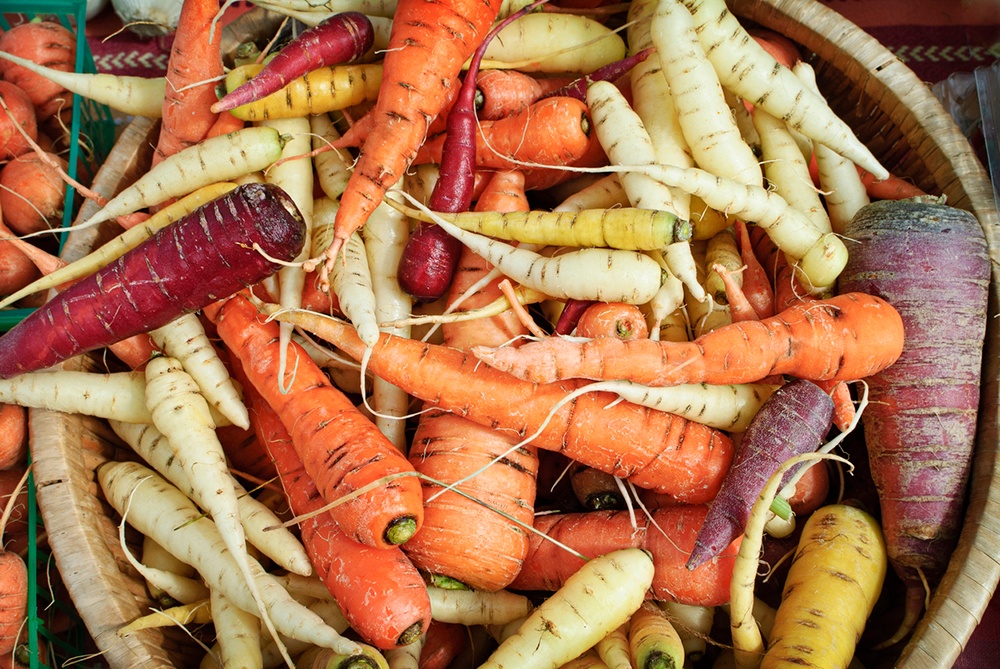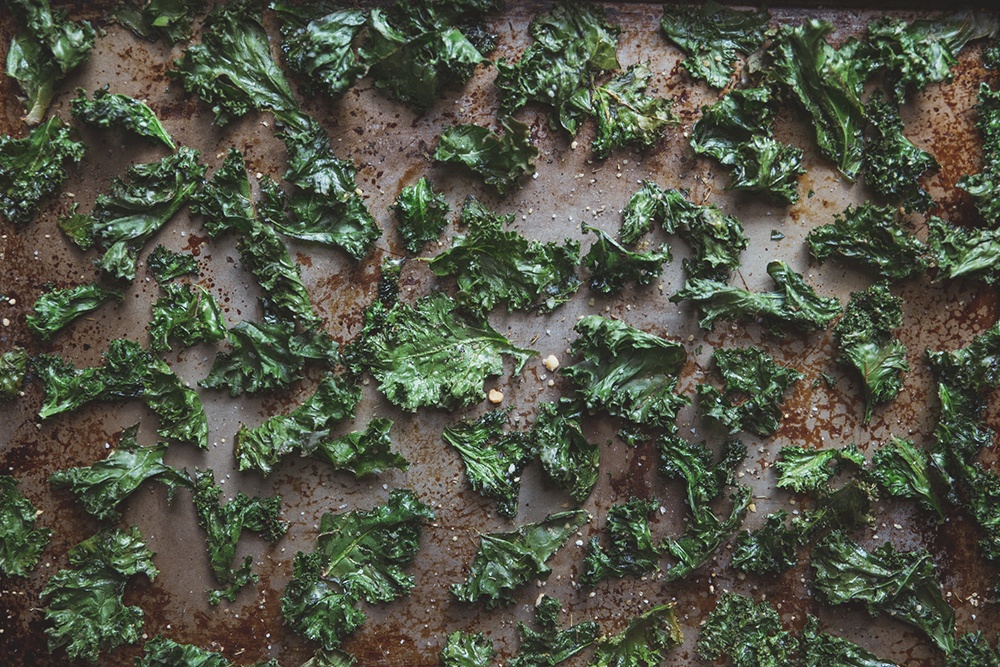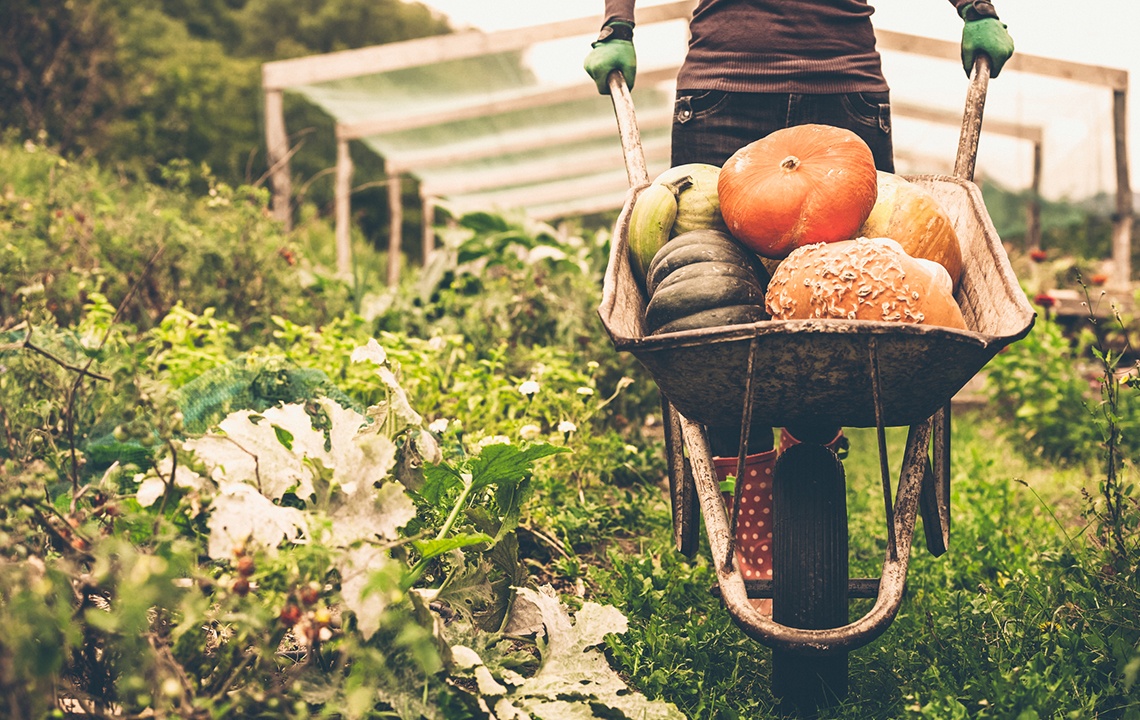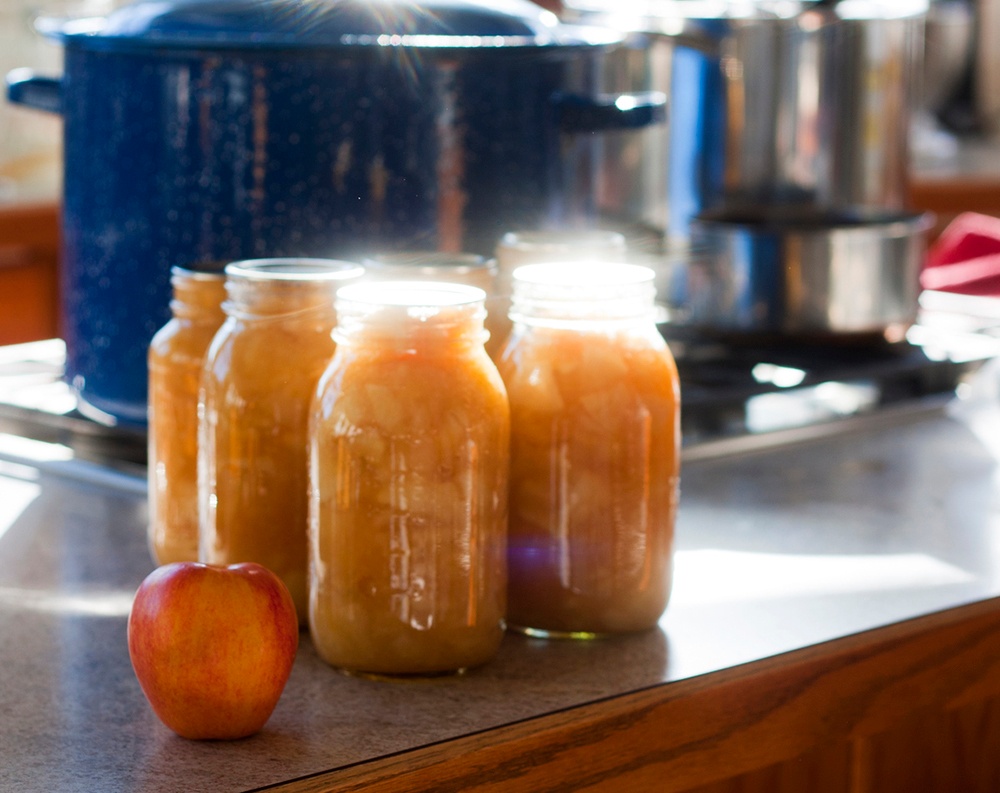Not a fan of canning? Here are 7 alternative ways to preserve produce to enjoy all winter long.
‘Tis the end of the gardening season and all through the South, everyone is scrambling to get their produce “put up.”
 Thanks to the slow food movement and a renewed interest in self-sufficiency, the timeless Southern traditions of gardening and canning are making a national comeback.
Thanks to the slow food movement and a renewed interest in self-sufficiency, the timeless Southern traditions of gardening and canning are making a national comeback.
And, if you have the time, interest, space, patience and energy to put forth canning your summer’s bounty and farmer’s market finds…then rock on modern-homesteader!
Those canned local peaches and pickled okra from your garden will be a seriously satisfying treat in the cold months ahead.
However, if you like the idea of canning more than the reality, OR…
…if you’re not a particularly patient person, OR…
…if you’re a part-time homesteader, OR…
…if you don’t want to invest in a bunch of equipment, OR…
…if you’d rather spend more time gardening than cooking…
…this post is for you.
Today we’ll look at 7 easy (emphasis on the easy part) ways to preserve food that require no canning, and will still support your food independence while stocking your pantry for months to come.

Easy Way to Preserve Food #1: Store root vegetables, apples and pears in sand
Think you need a root cellar to store and preserve all those seasonal edible roots and fruits? Unless you’re harvesting an acre of root vegetables and fruits, there is a more practical way.
Grab yourself a bag of play sand from the hardware store and dump it into a large bin. The more produce you have to store, the larger the bin should be. For small stores of food, try using a crisper in the fridge.
Take your unwashed carrots, rutabagas, turnips, parsnips, potatoes, sweet potatoes, yams, apples and pears and let them air dry for a couple days. This step is crucial as dampness will cause produce to mold.
Next, gently tuck the fruit and vegetables into your sand bin and store in a cool dry place for up to 6 months.
The sand helps keep excess moisture away from your produce and regulates humidity thereby preventing rotting, extending shelf life and maintaining those fresh textures and flavors.
Easy Way to Preserve Food #2: Try lactofermentation
We’ve written about the health benefits of lactofermentation before but here’s a quick refresher.
Lactofermentation is the process of preserving vegetables, fruits, dairy, etc. by introducing a starter culture, such as whey, a salty brine or letting them produce their own bacterial culture through the process of souring.
Nearly every country on earth has developed at least one famous fermented dish; for example, the Germans have sauerkraut, the Koreans have kimchi, the Italians have Giardiniera, the Moroccans have preserved lemons and Europeans have yogurt.
True natural ferments do not contain added vinegar, as their sour flavor comes from simple technique, time and the naturally-occurring lactobacillus probiotics that produce that sour flavor.
That’s right, these lacto-fermented fermented foods produce their own probiotic cultures making them a powerful superfood for your digestive and immune health.
Fermenting vegetables can be as easy as adding a salty brine and/or liquid whey and letting them sit at room temperature for 3-7 days.
For fruits, you can make chutneys in a similar fashion, preserve lemons for middle eastern dishes or juice them to make naturally fermented sodas to enjoy all autumn long.
For dairy, it’s easiest to purchase premade starter cultures for yogurt, kefir, pima cream, sour cream, etc.
To learn more about lacto-fermentation including recipes, check out our previous post: Lacto-fermentation: Even better than canning?

Easy Way to Preserve Food #3: Dehydrate fruits, vegetables and meats…with or without a dehydrator
Dried fruits, jerkies and vegetables make delicious, portable snacks. But they get expensive—especially if you stick to buying products free of added sulfites, MSG and preservatives.
The good news is, you can dry your own fruits, vegetables and meats even if you don’t have a food dehydrator.
How? Use your oven.
An oven set on a low heat does an awesome job of gently dehydrating and preserving foods for future use.
For example, let’s say you want to make some apple chips:
- Wash, core and slice your apples thin.
- Place in a single layer on a parchment-lined baking sheet.
- And bake at 200 degrees for 2-4 hours or until desired crispness (time will vary based on apple variety, thickness of slices and actual oven temperature).
This method also works great for preserving garden vegetables like zucchini, peppers, kale, tomatoes and corn for use in cold-weather soups and stews.
- Just set your oven as low as it will go (between 170 and 200).
- Place garden vegetables in a single layer on a parchment-lined baking sheet, and dehydrate until crisp.
- Or make trendy, nutritious low-carb kale, green bean or snap pea chips by adding some olive oil and salt.
Check out this helpful guide from Backpackingchef.com for exact cooking/drying times.
You can also safely make your own meat jerkies using this method.
- See this all-natural recipe for oven-dried Hot and Spicy Beef Jerky here.
Easy Way to Preserve Food #4: Make savory sauces…with or without tomatoes
Sure, sauces and salsas are a great way to use up tomatoes…but don’t forget about your greens, herbs, eggplants and peppers.
Greens like basil, spinach, cilantro, arugula, parsley, etc. can be mixed with pecans or walnuts, garlic, olive oil, lemon juice and salt and blended into delicious savory pestos.
Freeze up to 6 months for future use.
Stir in ¼ - ½ a cup parmesan cheese and a squirt of lemon juice just before service for a garden-fresh tasting sauce.
Eggplants can be roasted, mixed with tahini, lemon, olive oil and garlic, blended into silky-savory babaganoush and frozen.
Not a fan of babaganoush? Then make eggplant cutlets for quick and easy eggplant parmesan all winter long.
Slice eggplant, dredge in milk, then flour, then egg and finally in seasoned breadcrumbs. Fry until golden brown. Drain excess oil on a paper towel.
Cool and freeze for future use.
And peppers can be roasted or blackened on a gas stove top, peeled, mixed with olive oil, salt, a bit of lemon and optional fresh herbs and blended into a roasted pepper “coulis.”
Freeze to add a pop of summer-fresh flavor to meats, soups, pastas, sauces, etc. during the winter.
Easy Way to Preserve Food #5: Make quick preserved citrus fruits
Oranges and grapefruits are a cinch to preserve using a simple mixture of salt, sugar (if desired) and their own juices.
Traditional in many Moroccan dishes, preserved citrus fruits are pickled and used with their skins on. This makes for an intense salty, sweet, citrus flavored condiment that complements a variety of cuisine.
You can use preserved citrus on roasted chicken or pork, in rice dishes, dressings and marinades, compound butters or served as a tasty garnish atop a grilled steak.
Once you experience the incredible flavor, you’ll wonder how you ever cooked without them…and they’re easy to make.
Get the basic recipe and techniques from Epicurious here.
Easy Way to Preserve Food #6: Make fresh fruit purees and applesauce to freeze
Apples are an annual feature on the Environmental Working Group’s “Dirty Dozen” list, as one of the most sprayed fruits on the market…and 2016 is no exception.
All the more reason to patron your local no-spray or low-spray apple orchards to stock up this fall.
Apples can be stored in a variety of ways (as listed above) including as a quick and tasty sauce to freeze.
Here’s how to do it:
Easy Peasy Applesauce:
- Core your apples, cut them into quarters and pop them into a big pot (if they’re not sprayed leave the peels on for extra flavor and color)
- Add a bit of fresh lemon juice, shake in some cinnamon and grate in a modest amount of fresh nutmeg (if desired)
- Add enough water to cover the apples about ¼ way up
- Cook until apples are super soft, 20-30 minutes
- Pop them in the blender with a pinch of sea salt (this brings out the sweetness) and blend on high until desired smoothness
- Check for sweetness/flavor and add honey, lemon or more spices if desired
- Cool completely before freezing in glass jars
This method also works well for creating delicious sauces from seasonal berries, figs and pears.
Easy Way to Preserve Food #7: Whip up a batch of compound butter to freeze
Who doesn’t love a big pat of herb-infused compound butter slowly melting down a mound of mashed potatoes or a perfectly grilled steak?
Compound butters may sound gourmet and finicky, but they’re so very easy to make at home and offer an excellent way to preserve fresh herbs.
Here’s a basic recipe:
Herby-licious Compound Butter
- Place a pound of soft, salted butter into a large bowl
- Add in your favorite finely chopped garden herbs such as chives, basil and garlic OR parsley, oregano and lemon zest
- Stir with spatula to combine
- Using parchment or wax paper, roll the mixture into a log
- Refrigerate until firm and cut into rounds
- Freeze for up to 6 months and use as-needed
You can also use a food processor to pre-chop the herbs, then quickly pulse in the butter.
Growing your own food is such a pleasure, and now you have no excuse to let any of it go to waste.
And who says you have to choose just one food preservation technique?
If you’ve always frozen your fresh vegetables, try the sand-preservation method or lacto-ferment some carrots. If you’ve always dried your fresh herbs why not whip up a batch of pesto or herby-licious compound butter?
No matter what techniques you try you can count on delicious and long-lasting results all winter long.
Enjoy!
























